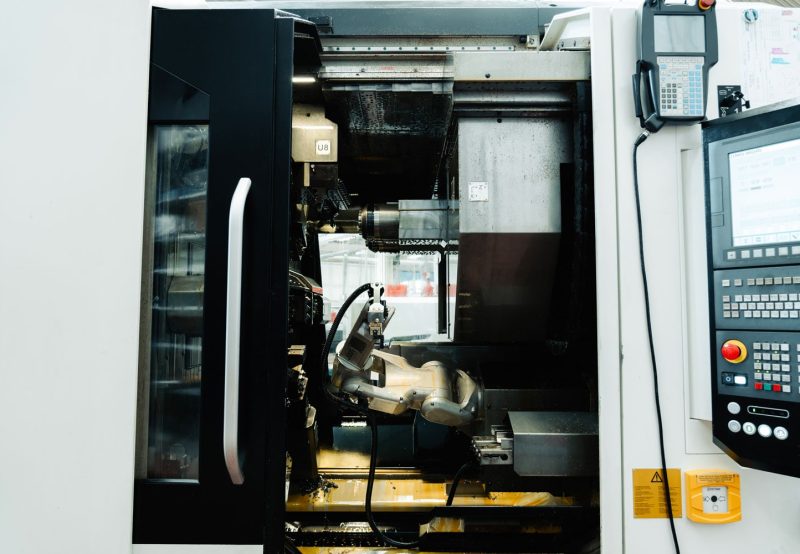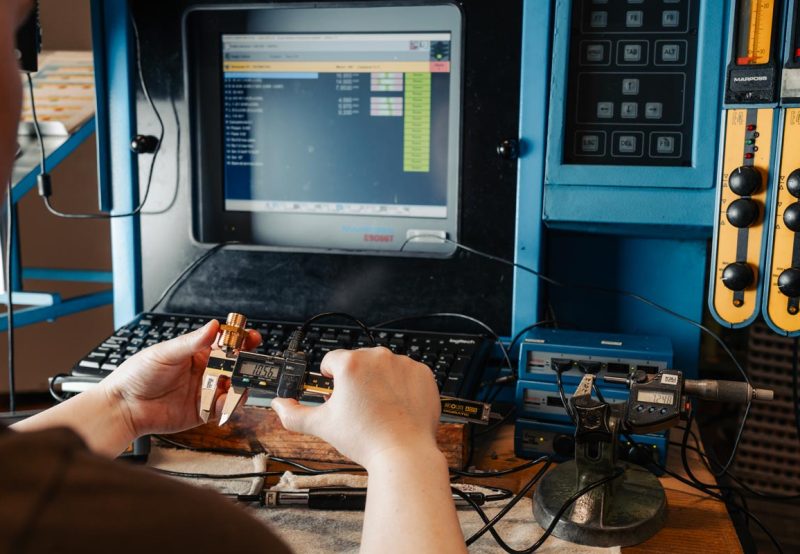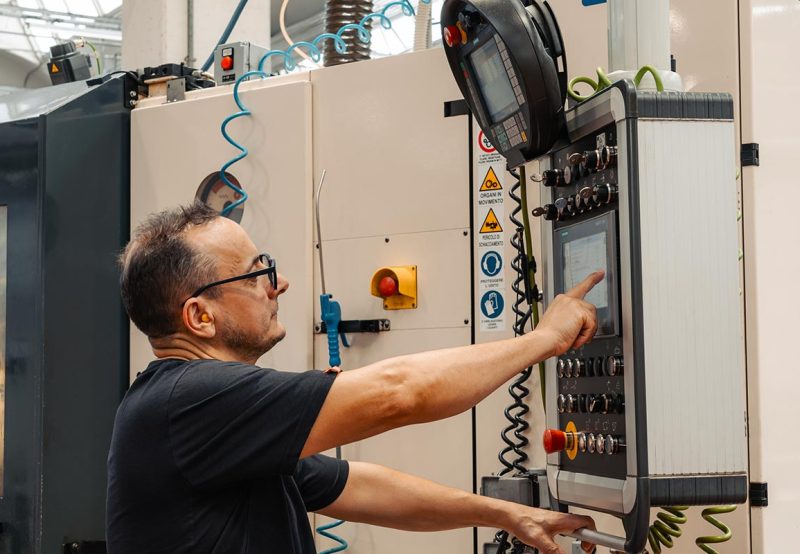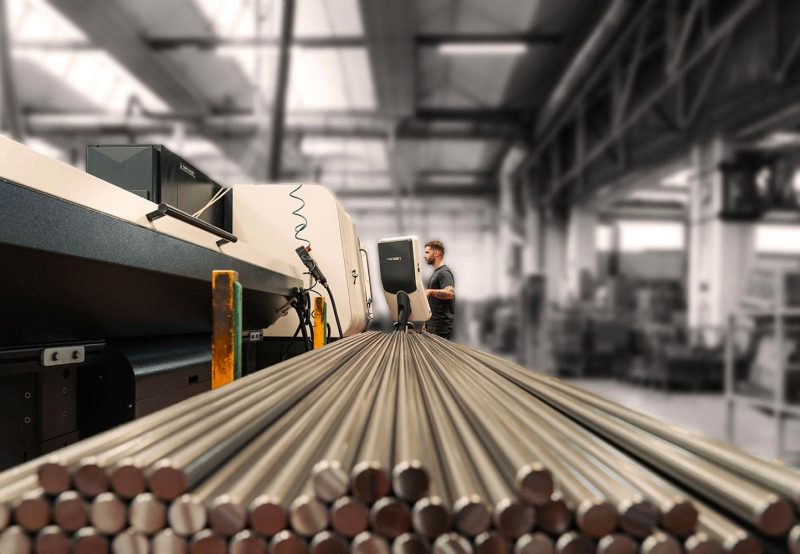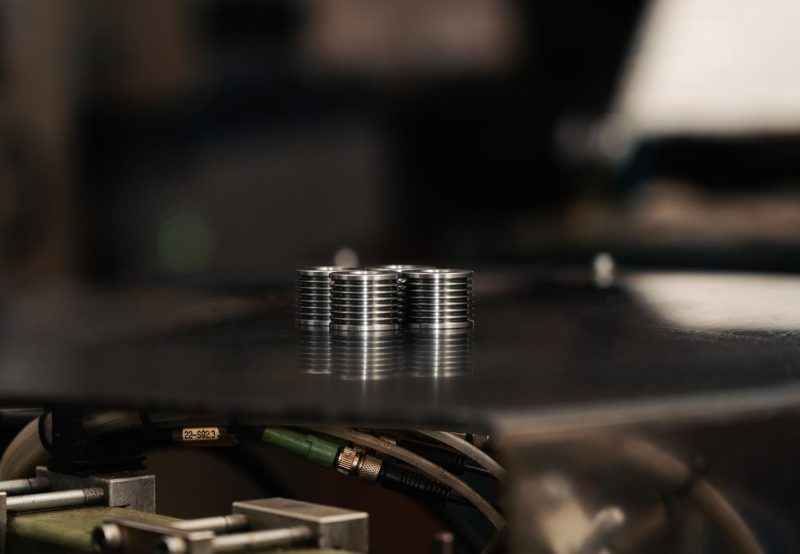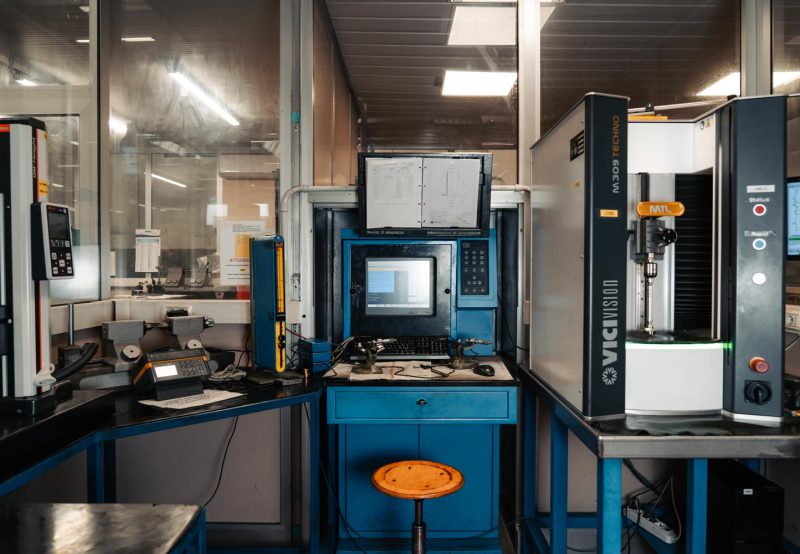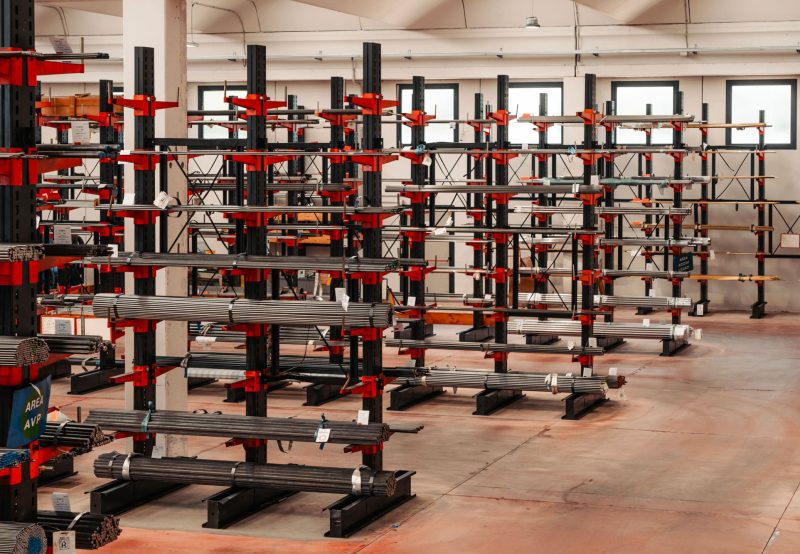In the industrial manufacturing sector, process efficiency is a critical factor to remain competitive. Precision automatic turning, combined with advanced technologies such as CNC multi-spindle lathes equipped with robotic arms, offers an effective solution to reduce costs and increase productivity. The implementation of OEE monitoring systems also ensures continuous and in-depth performance control, enabling constant improvements.
Cost Reduction Through Precision Automatic Turning and OEE Monitoring
For industrial companies, improving efficiency is vital to keeping costs under control. Precision automatic turning provides an advanced solution that minimizes waste while ensuring high-quality components.
By integrating robotic arms into CNC multi-spindle lathes, complex operations can be performed without direct human intervention, guaranteeing seamless and continuous production. However, efficiency is not solely reliant on technology selection. Through the adoption of OEE monitoring systems, three key metrics—availability, performance, and quality—can be analyzed in real time.
OEE monitors installed in production areas collect constant machine data, providing a detailed view of performance and enabling immediate action in case of anomalies. This approach minimizes downtime, helps control operational costs, and ensures greater production predictability.
Boosting Productivity with CNC Multi-Spindle Lathes, Robotic Arms, and Continuous Monitoring
Another crucial aspect of precision automatic turning is the use of CNC multi-spindle lathes with robotic arms. These machines combine the speed of mechanical multi-spindle lathes with the precision of numerical control, offering advanced management of turning operations on multiple axes simultaneously.
Continuous monitoring through OEE systems provides an additional layer of control and optimization. These systems analyze each stage of the production process to identify bottlenecks, waste, or efficiency losses. For example:
- Availability: Tracks machine downtime and interruption causes, suggesting solutions to reduce stoppages.
- Performance: Monitors actual production speeds against defined standards, ensuring optimal levels are maintained.
- Quality: Analyzes scrap or rework rates to guarantee components consistently meet required standards.
OEE monitoring is more than just oversight—it is a strategy to ensure sustainable and competitive long-term production. With intuitive dashboards and real-time data, production managers can make informed decisions based on solid facts, reducing costs associated with unplanned interventions.
Furthermore, OEE monitoring is a fundamental tool for implementing Lean Production principles, identifying waste, and optimizing resources. Data transparency fosters better collaboration among various company departments, from product design to logistics, creating an integrated and highly efficient production system.
We invite you to visit our facility in San Vendemiano (TV) or contact us today for more information.

